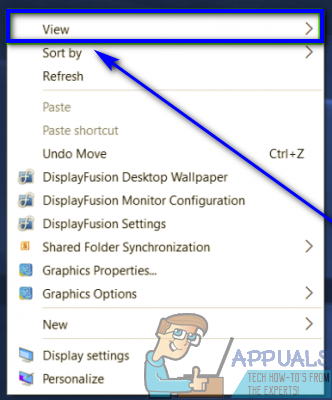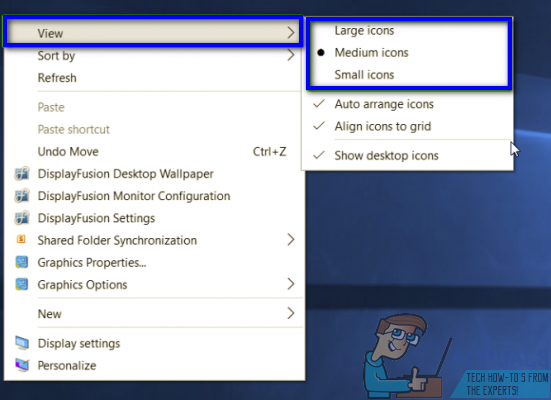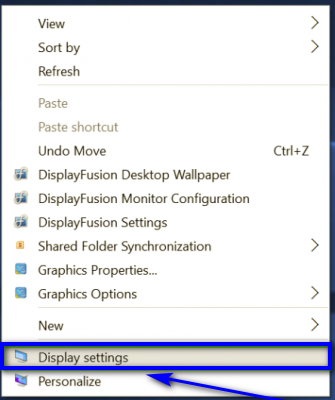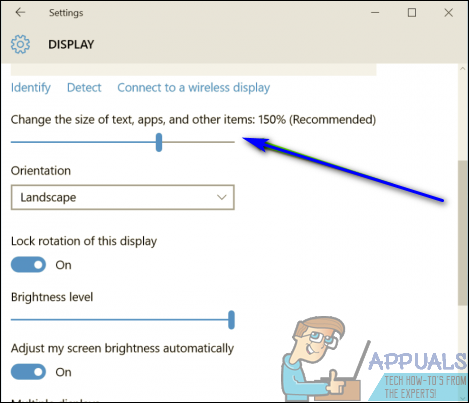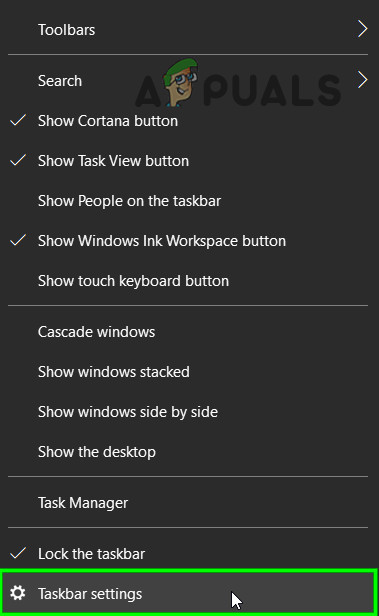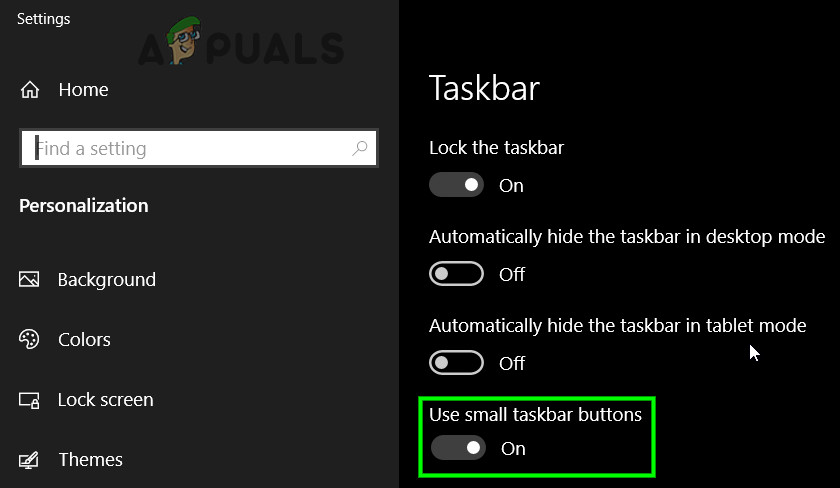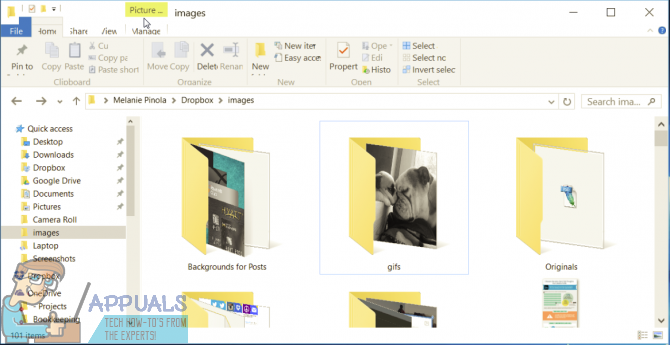If you think about it, you’re going to spend a lot of time be looking at the icons on your computer a lot, so you need to be comfortable with how big (or how small) they are. The size of the icons on your computer needs to be just right – they shouldn’t be so big that they take up an unnecessarily large amount of space, and they shouldn’t be so small that you have to squint to make out the icons on your screen or have trouble tapping on them while using a touch screen. Well, Microsoft did things differently with their upcoming new OS (Windows 11) since it has no UI menu option allowing you to resize the taskbar (but you still can do it using a quick & easy registry modification). Thankfully, though, if you’re still using the latest stable OS iteration, Windows 10 gives full control over the size of icons to its users – you freely and seamlessly make all of the icons you see on your computer smaller – You can decrease the size of not only the icons on your Desktop but also the ones located in your Taskbar and all of the icons within any given folder on your computer. To make matters easier for you, we’ve put together a series of guides that will show you how to change the size of the taskbar icons regardless if you’re still on Windows 10 or you have already migrated to the newer version (Windows 11). Here’s how you can make the taskbar, desktop and File Explorer icons appear larger or smaller (depending on your preferences) on Windows 10 and Windows 11:
Change the Size of Windows 11 icons
Desktop icons
Taskbar Icons
Since there’s no native option of changing the taskbar icon size on Windows 11 (as of now), you will have to use a registry tweak to get the job done. To do so, follow the instructions below: Note: If you’re not happy with the change you made, you can always retrace the steps above and set the value of TaskbarSI to a different one to adjust the size until you get it right.
File Explorer icons
Change the Size of Windows 10 icons
Desktop icons
Experience with the different Desktop icon size options Windows 10 has to offer varies from one user to the other, especially depending on the screen resolution of the user in question. It is worth noting that changing the size of the Desktop icons on a Windows 10 computer changes just that and nothing else.
Taskbar icons
You should know that decreasing the size of Taskbar icons on Windows 10 will also decrease the size of the text in apps like Microsoft Edge and Calendar, as well as text in notification windows.
Icons in File Explorer
The other remaining area of Windows 10 where you see icons is the File Explorer. In File Explorer, you can control the size of icons (and even how they are displayed to you) by simply pressing the Ctrl key and with it still held, scrolling down on your mouse’s scroll wheel. As you scroll down on your mouse’s scroll wheel, the icon size and display settings go from Large icons to Medium icons to Small icons to List to Details to Tiles and to Content. Note: You can decide not only how small the icons in the File Explorer are but also how they are displayed and if any other information is displayed with them. However, you should note that icon size and display manner in File Explorer is a folder-specific setting – while Windows will remember your icon size and display manner settings for a specific folder, those settings will only be applied to that specific folder, not to its parent folder, not to its child folders, and not to any other folders in File Explorer. This means that you are going to have to adjust icon size for different folders in File Explorer individually.
Some Taskbar Icons Are Missing from Windows 11’s Taskbar? Here’s How to Fix ItHow to Change the Size of Taskbar in Windows 11?Fix: Windows 10 Taskbar Icons MissingHow to Ungroup Taskbar Tray Icons in Windows 11?
![]()
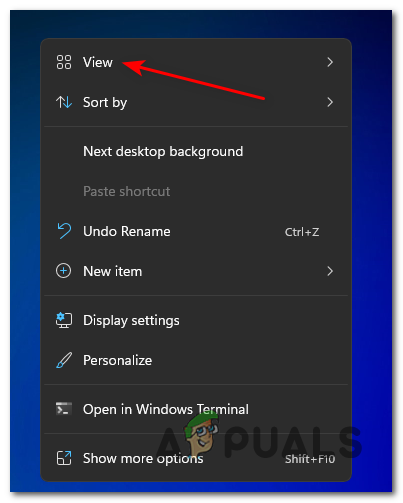
![]()
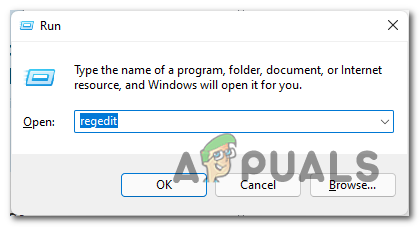
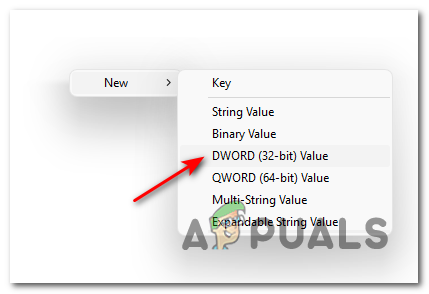
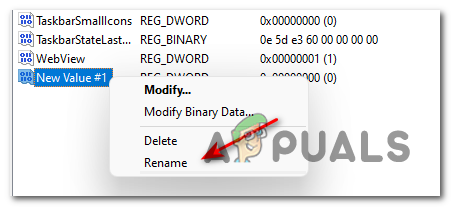
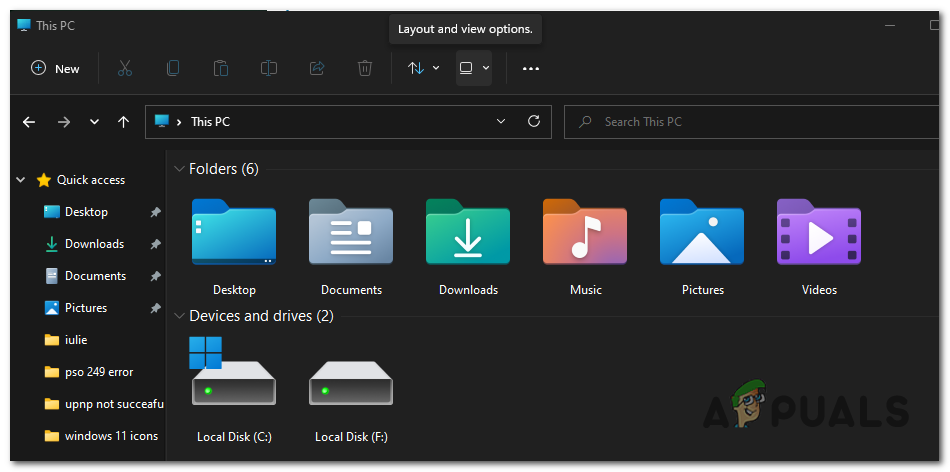
![]()
